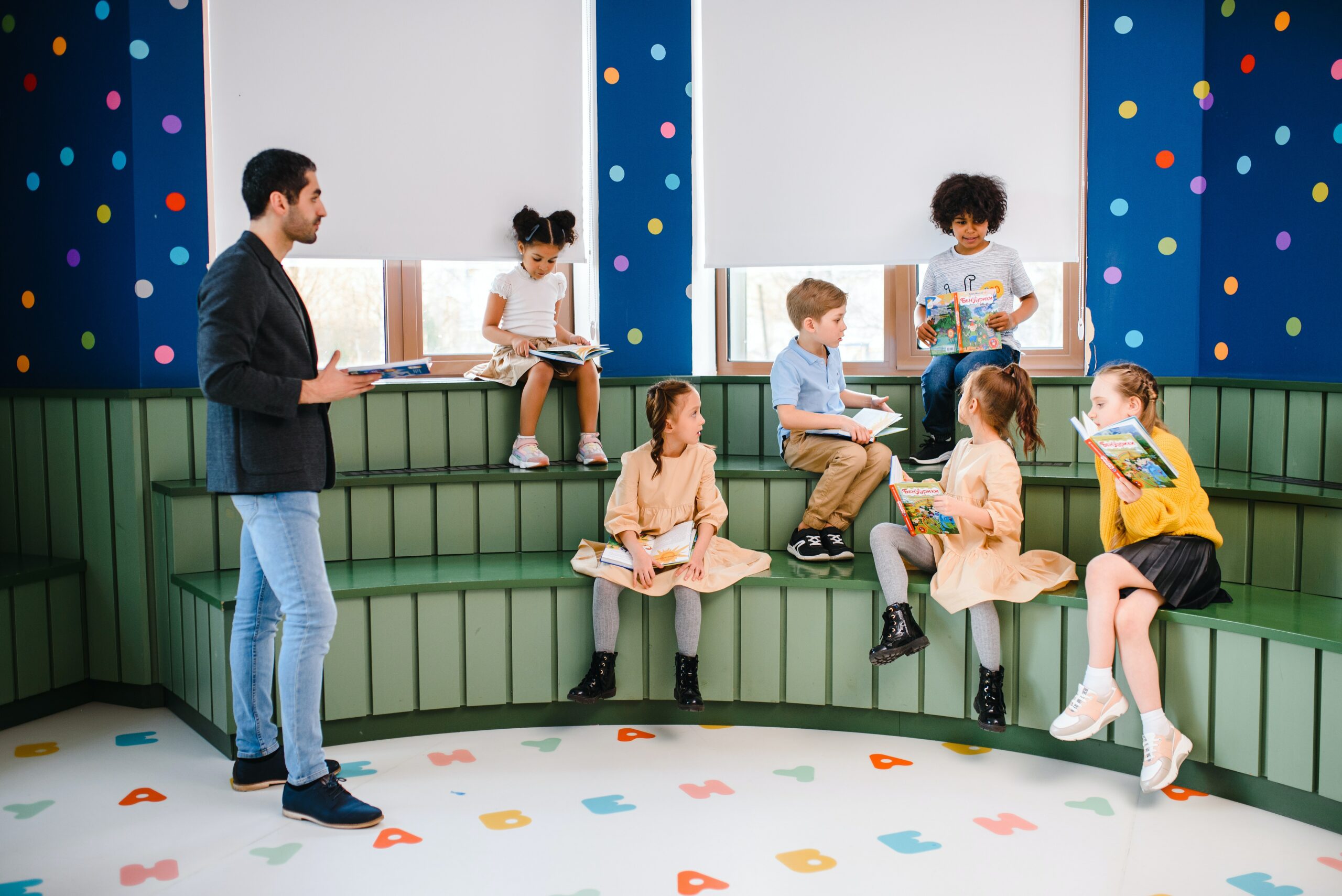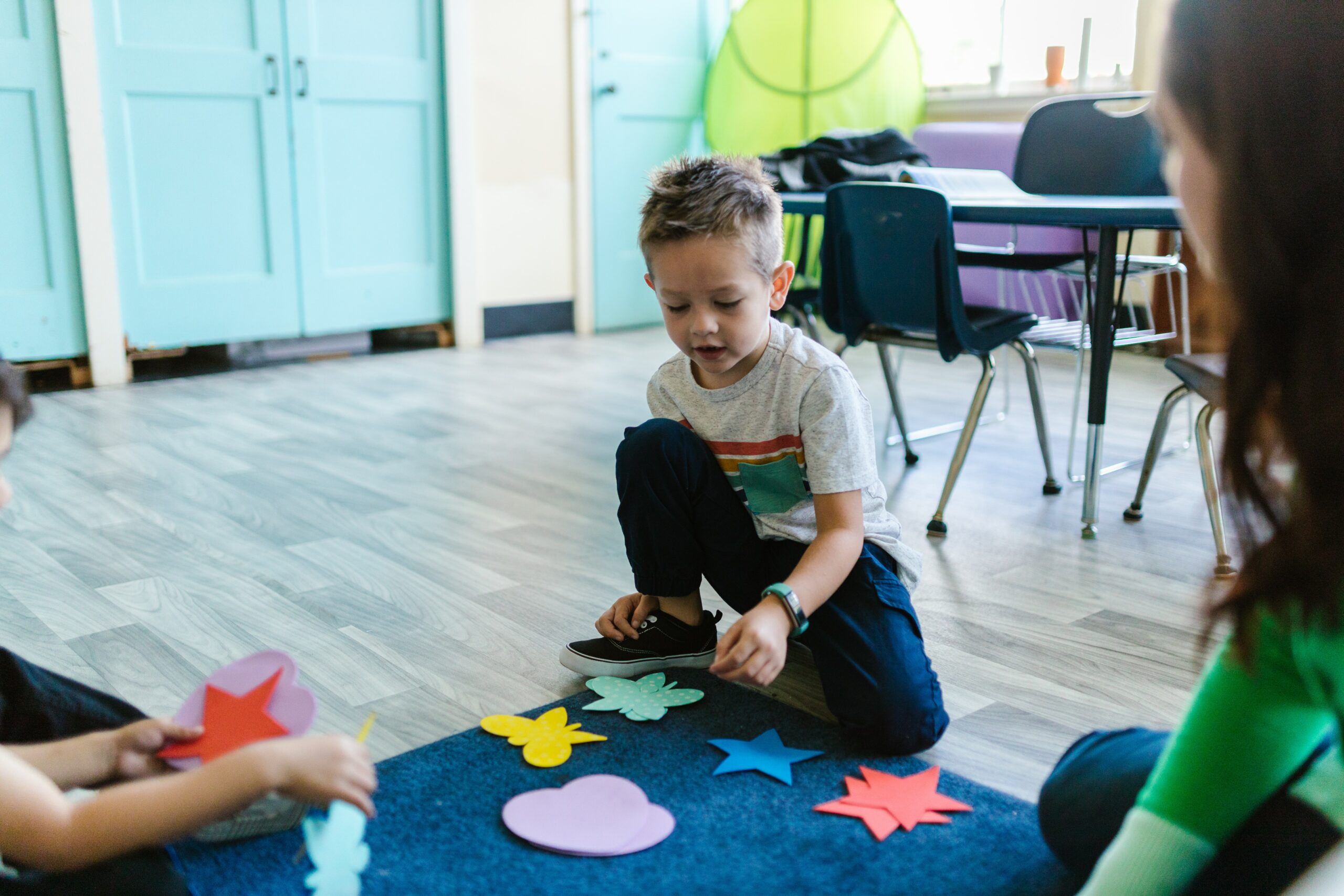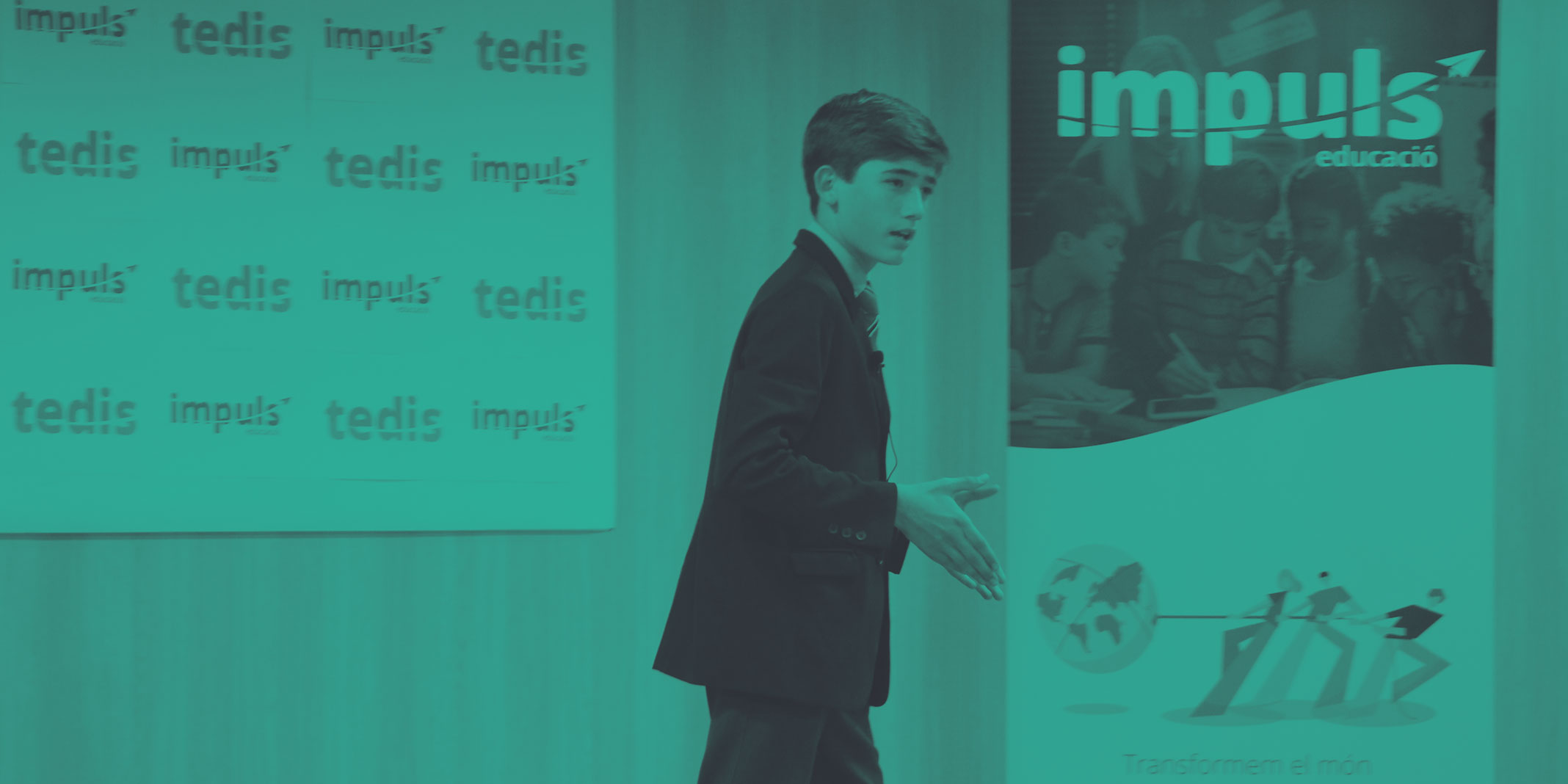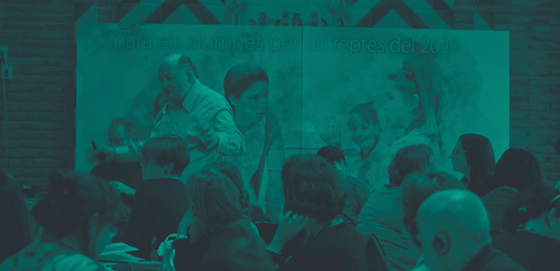I am a secondary language teacher and a fan of school libraries. The idea of improving my school’s secondary library has been on my mind for some time now and the time has finally come.
In addition to my love of reading and my firm conviction of its positive contribution to people’s education, I am driven by my knowledge of the scientific evidence on the contribution of school libraries to improving reading comprehension. Not long ago I read a study carried out by the University of Salamanca on the influence of the school library on the reading habits of primary school pupils, which concluded that “the school library has a positive influence on the four dimensions of reading competence: 1) comprehension of literary texts, 2) comprehension of informative texts, 3) competence in obtaining information and 4) in its processing and interpretation”. In addition, the study continued, “it enhances independent learning, the development of the reading habit and the socialisation of reading. The effect is greater if the learner’s autonomy in the use of the library is reinforced, and if the learner experiences enjoyment and confidence when going to the library.” What impressed me most is that “The influence of the teacher-librarian strengthens the impact when working in an integrated way with the library as a resource linked to projects and assignments.”
My proposal is to have a living library, which is why I have given the project this name. My aim is to update the life of the library in my secondary school based on the data provided by the evidence in order to improve the reading habits of our pupils. Many of its spaces need to be renovated in order to get the most out of them in the promotion and enjoyment of reading among young people. As we know, “The teaching profession has recognised the direct relationship between reading habits and school success: most of regular reader students excel in their studies” (Department of Education, 2015).
The challenge is to provide our students with a new vision of the reading process to see it as another source of entertainment.It is not just reading! It is about educating people with a critical attitude, free-thinking to face the world of tomorrow, creating bonds through reading between pupils, family and teachers, etc. In short, the library is an engine for transformation and learning in all human dimensions and areas of knowledge.
The challenge is to provide our students with a new vision of the reading process to see it as another source of entertainment

Other key aspects that should be emphasised are those related to life in a global and multicultural society, such as ethical leadership, multilingualism and social commitment.
Making the library the best place in the centre
No project does not set out to achieve some objectives. Our living library could have among others:
- To make the library an active space for reading, leisure and study.
- To provide the library with the necessary resources for its regular use and operation.
- Decorate and restructure the chosen area to make it a warm place conducive to activities.
- Increase activities from the library related to the world of reading.
- Awake a taste for reading through playful and recreational activities.
- To promote habits of use and behaviour in a library by the students.

Awake a taste for reading through playful and recreational activities
Preparation and implementation
The library should be a large multi-use space, where it can be enjoyed in different ways. It should have reading areas, study rooms, team work, etc. It should also be easy to find what you are looking for, with someone who can provide guidance, and a wide range of books, apps, devices to facilitate access to information.
Setting up a ‘living’ school library would involve the following activities among others:
- Value the present books in the library.
- Discard obsolete books.
- Talk to publishers who donate books to us and make a collection of donated books (for Sant Jordi or a relevant date).
- Ask the AFA to collaborate.
- Update the book lending regulations.
- Review whether it is necessary to update or obtain a programme to record/catalogue the books—for example, abies: http://abies.es/web/solicitud.
- Catalogue existing books in the library, if they still are not.
- Catalogue new books collected during the school year.
- Decorate the library space.
- Look for volunteers to bring the library back to life: teachers and pupils; let them feel part of its “reconstruction” and make it their own. In addition, this project could be considered as one of the “service-learning” activities.
- Open this course with the single purpose of reading and studying. It can be started by going down one day to read in the stipulated time for reading, beginning with the lower grades.
- Create two areas:
- Consultation zone: for book consultation, study or independent reading.
- Activity area: for more recreational activities.
Some previous activities to make it more attractive could be decorating the space or involving the students in the project

How a living library works
The more activities that encourage and teach students what they can do in the library the better. Some of these might include:
- Reading club: divided by stages or reading maturity.
- “Readingflix”. This project can be approached in different ways. For example, the read books are placed on a wall simulating the letters of the Netflix platform to make them attractive to other pupils and make them want to join. It can also post new releases or “favourite books” weekly or monthly, etc.
- “Readometer”. Each student willing to become a “member” will have a “readometer” to check how many books they read in a month/trimester/year. It will be for individual use.
- Project “Reading together”. Students meet parents once a term (or the time stipulated) who wish to attend, read aloud, comment on readings carried out during the term, etc. Involving the family is vital to strengthen the reading habit.
- Poetry recitation on particular dates, e.g. Sant Jordi or a poetry day.
- Story competitions.
- Meetings with authors.

Involving the family is vital to strengthen the reading habit
The activities should be publicised, scheduled in good time and cater for the interests of different ages and tastes. For everything to work, it would be ideal to have a teacher-librarian, at least in the periods of time when the pupils have free access. This teacher could draw up a report in which the positive aspects of each activity and proposals for improvement are recorded.
References
Departament d’Ensenyament. (February 2015). L’hàbit lector i el temps de lectura a l’educació secundària. Collection of didactic dossiers derived from the “Impuls de la lectura” training.
Albelda, B. (2019). Contribución de las bibliotecas escolares a la adquisición de competencias en comprensión lectora en educación primaria en España. https://www.educacionyfp.gob.es/dam/jcr:620b99e5-fdf4-4cde-8a6c-bff88673b961/01albeldaesp-ingl.pdf [January 2022]
Ruz, F. (2014). School library project, CEIP La Motilla. Retrieved from: http://www.juntadeandalucia.es/averroes/centros-tic/41010381/helvia/sitio/upload/proyecto_biblioteca_2014151.pdf [January 2021]
School library: https://labibliotecaescolar.files.wordpress.com/2010/02/ideas-para-la-elaboracion-de-un-proyecto-de-biblioteca.pdf [January 2022]
Cristina Zuriaga Marco has a degree in Hispanic philology. She teaches Spanish language and literature in ESO and High school at Institució Lleida.
You might also like









Leave A Comment